Archives
- 2025-12
- 2025-11
- 2025-10
- 2025-09
- 2025-03
- 2025-02
- 2025-01
- 2024-12
- 2024-11
- 2024-10
- 2024-09
- 2024-08
- 2024-07
- 2024-06
- 2024-05
- 2024-04
- 2024-03
- 2024-02
- 2024-01
- 2023-12
- 2023-11
- 2023-10
- 2023-09
- 2023-08
- 2023-07
- 2023-06
- 2023-05
- 2023-04
- 2023-03
- 2023-02
- 2023-01
- 2022-12
- 2022-11
- 2022-10
- 2022-09
- 2022-08
- 2022-07
- 2022-06
- 2022-05
- 2022-04
- 2022-03
- 2022-02
- 2022-01
- 2021-12
- 2021-11
- 2021-10
- 2021-09
- 2021-08
- 2021-07
- 2021-06
- 2021-05
- 2021-04
- 2021-03
- 2021-02
- 2021-01
- 2020-12
- 2020-11
- 2020-10
- 2020-09
- 2020-08
- 2020-07
- 2020-06
- 2020-05
- 2020-04
- 2020-03
- 2020-02
- 2020-01
- 2019-12
- 2019-11
- 2019-10
- 2019-09
- 2019-08
- 2018-07
-
Asparagine synthetase ASNS is a glutamine amidotransferase t
2023-01-02
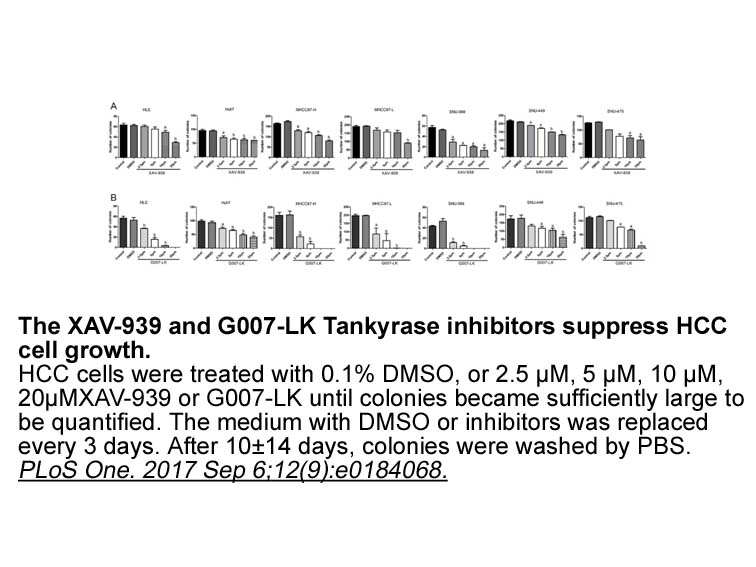
Asparagine synthetase (ASNS) is a glutamine amidotransferase that catalyzes ATP-dependent synthesis of asparagine and glutamate from aspartate and glutamine. Upregulation of ASNS expression renders leukemia cells resistant to l-asparaginase treatment, and ASNS is essential for cell survival in the a
-
br Acetaldehyde One of the most common http www
2023-01-02

Acetaldehyde One of the most common environmental aldehydes is acetaldehyde (CH2CHO). Acetaldehyde, which is highly volatile, has been classified as a Group I human carcinogen by the International Agency for Research on Cancer [30]. Aldehydes can form DNA adducts, including ring-open forms of cro
-
br Hypothesis The hypothesis is
2023-01-02
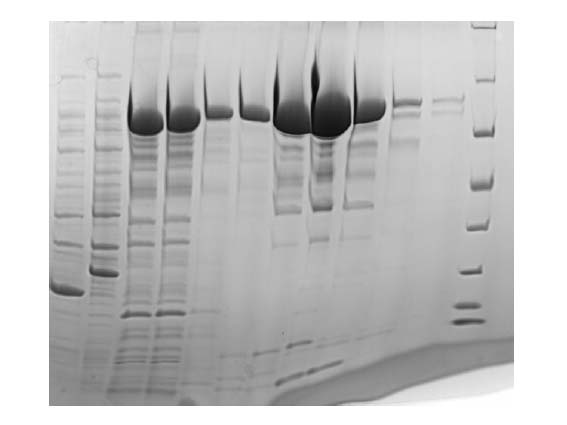
Hypothesis The hypothesis is that AhR in skin diseases could be an objective of study for future dermatological therapies. Both stimulation and inhibition of the receptor might have significant influences on neoplastic or inflammatory skin diseases. However, at present the functions of AhR are un
-
Similar to V the temporal neocortex of
2023-01-02
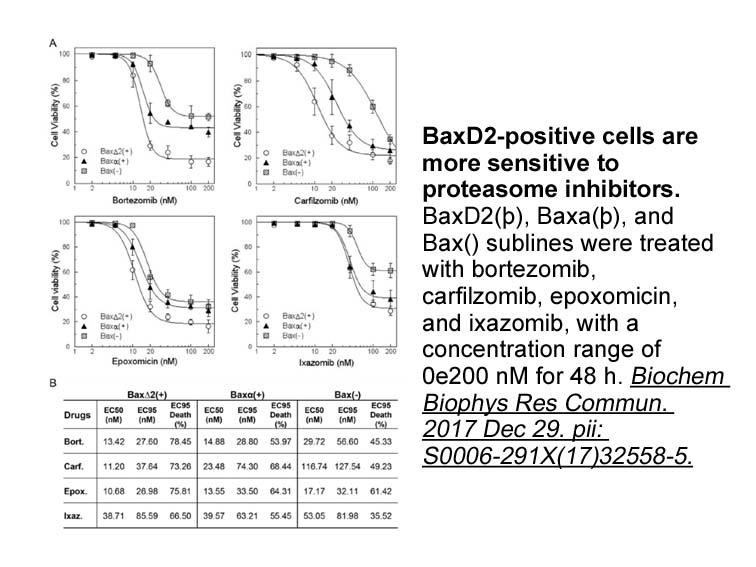
Similar to V1, the temporal neocortex of mammals, including the primary auditory cortex (A1), is densely innervated by 5-HT fibers originating mainly in the dorsal raphe nucleus (Campbell et al., 1987, Harding and Paxinos, 2004, Törk, 1990), and the major dna alkylating agents of 5-HTRs are express
-
Many metalloenzyme inhibitors consist of
2023-01-02
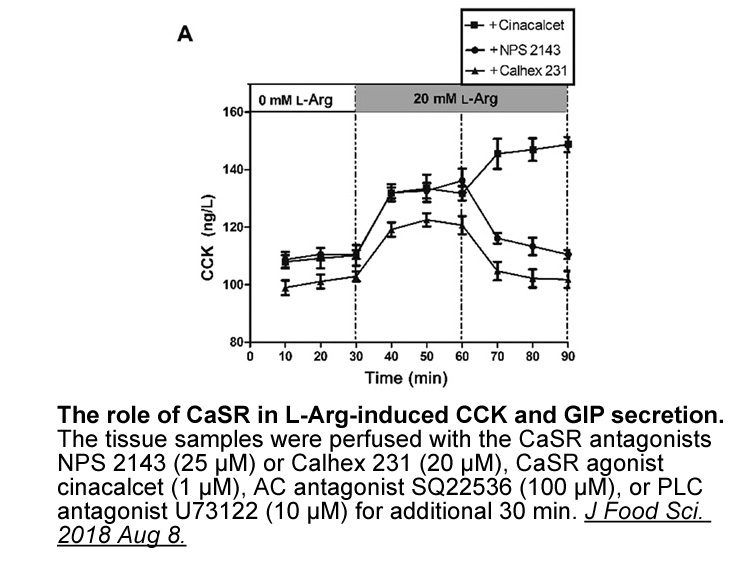
Many metalloenzyme inhibitors consist of two chemical components: the MBG, the portion of the inhibitor designed to bind to the metal, and the scaffold, the portion of the inhibitor recognized by the amino Sodium Aescinate sale residues that form the substrate-binding site of the metalloenzyme. The
-
br Acknowledgements Authors wish to thank Sabanci University
2023-01-02
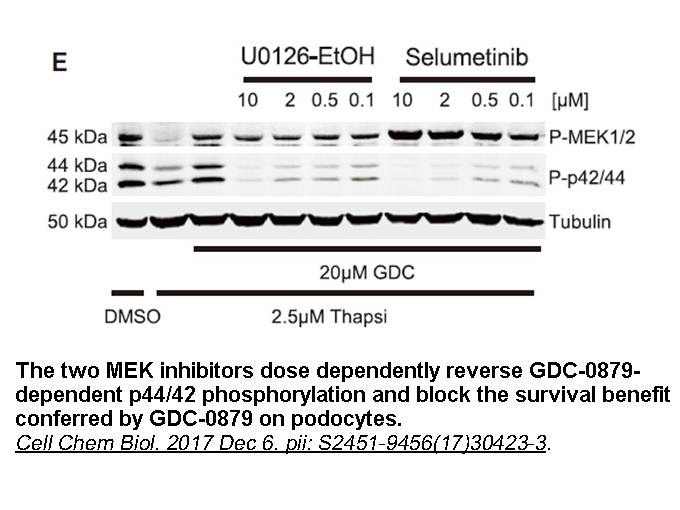
Acknowledgements Authors wish to thank Sabanci University (Turkey), Tubitak (Cost Eu-Ros, 113Z463), and the University of Turin (Italy) for supporting this work. Beyza Vurusaner is supported by Sabanci University Post-doctoral research scholarship. Introduction Endometriosis is defined as the
-
Previous studies have demonstrated ATR inhibition is effecti
2022-12-30
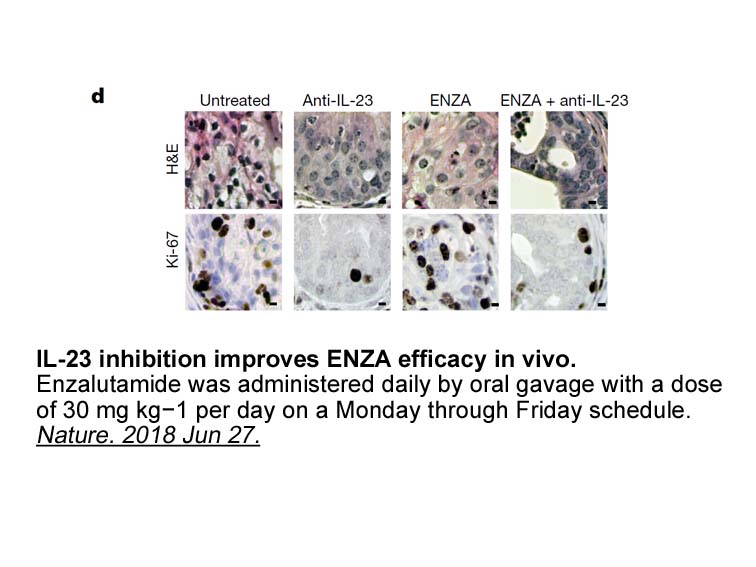
Previous studies have demonstrated ATR inhibition is effective for treating cancers combining with chemotherapies in lung adenocarcinoma, gastric cancer, HER2 positive breast cancer and chronic lymphocytic leukemia 5104 to enhance chemotherapy sensitivity [[16], [17], [18],[20], [21], [22]]. VE-822
-
It is noticed that MDL only
2022-12-28
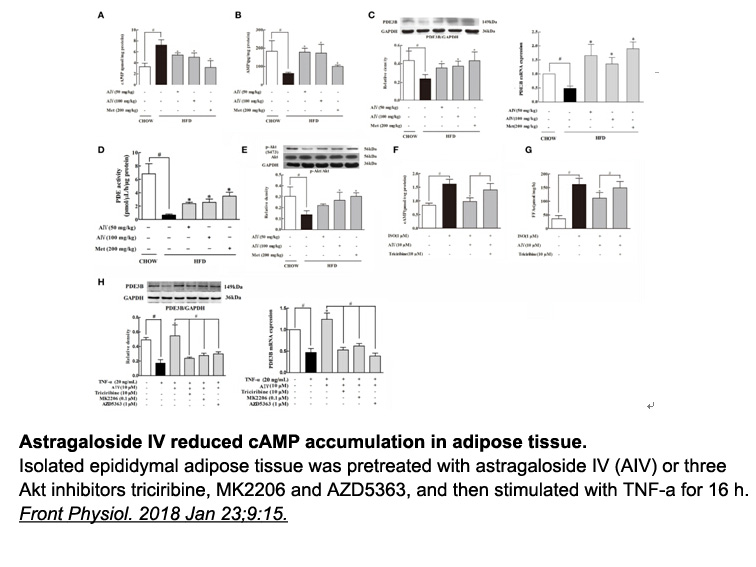
It is noticed that MDL-28170 only partly reversed isoflurane-induced AIF release and nuclear translocation. In addition to calpain mechanism, activation of the DNA repair enzyme poly (ADP-ribose) polymerase-1 (PARP-1) is also essential for AIF release (Culmsee et al., 2005; Moubarak et al., 2007), a
-
It has been proven that genetic polymorphisms
2022-12-28
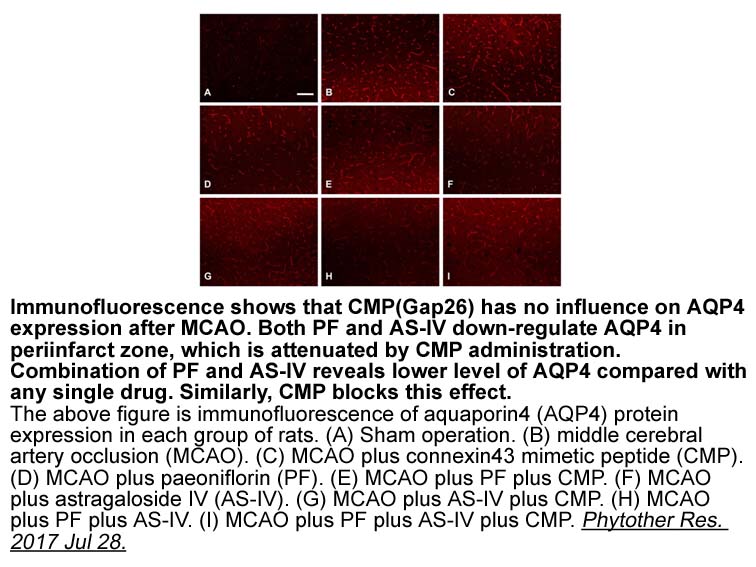
It has been proven that genetic polymorphisms can play an important role in development of hypertension and CVDs. In a Turkish population-based study, it was found that the APLNR gene (rs948847-A445C) polymorphism was not associated with coronary artery disease (CAD), but it was shown to be related
-
Unfortunately results of serum plasma AC
2022-12-27
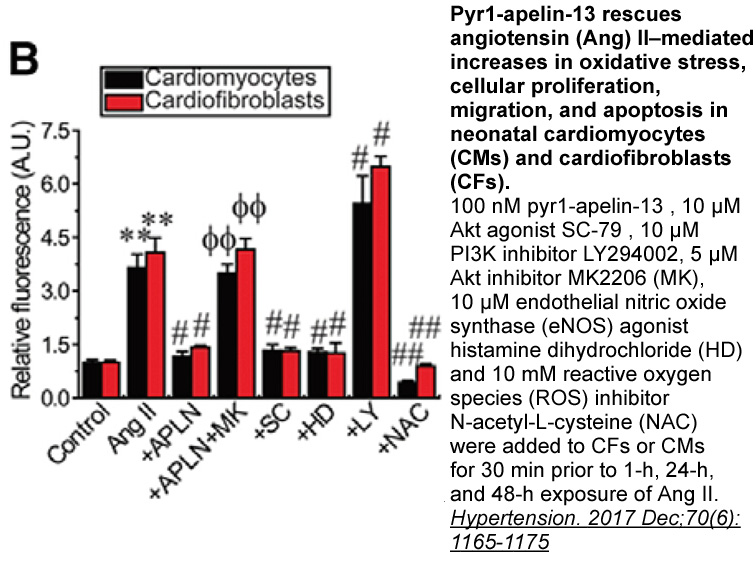
Unfortunately, results of serum/plasma AC assessment after food antioxidant intake are rather controversial: although some papers reported an increase of AC after food antioxidant intake (Khan et al., 2015, Torabian et al., 2009), unexpectedly, in a lot of long-term intervention studies (days, weeks
-
Taken together the results reveal
2022-12-21
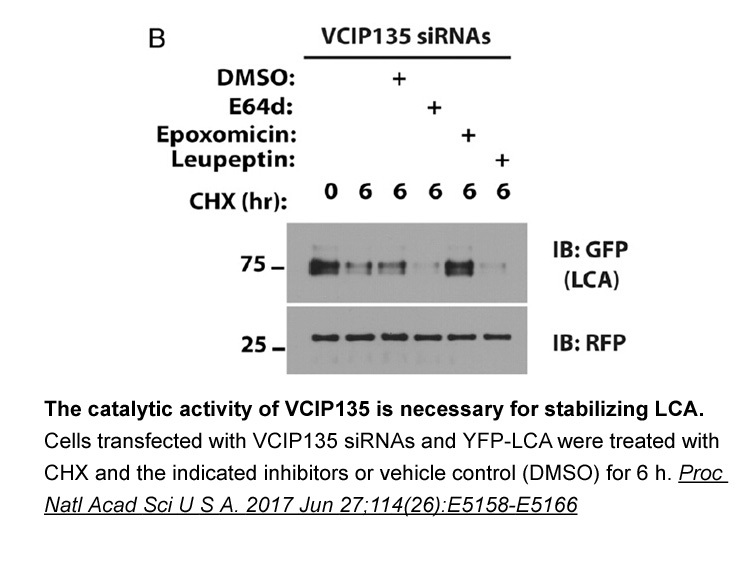
Taken together, the results reveal a complex feedback and feedforward signaling network between the tryptophan metabolic enzymes IDO1/TDO2, the KP metabolite KYN, and the ligand-activated transcription factor AhR (Figure 2). Cancer Iloperidone receptor highjack this signaling circuitry to deregulate
-
The only psychostimulant treatment option in Turkey is methy
2022-12-21
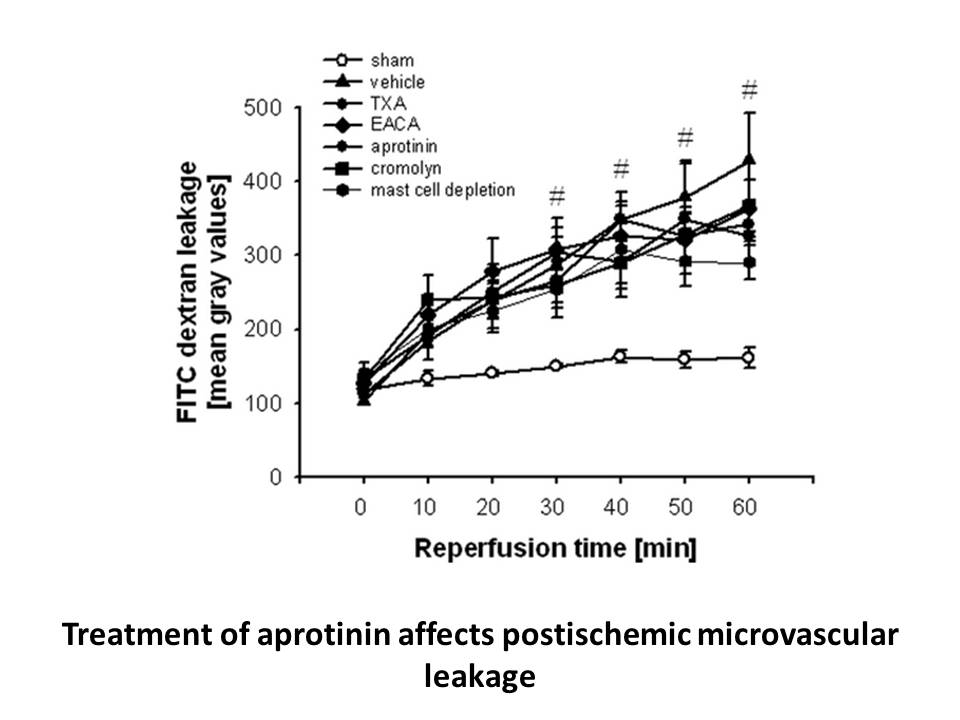
The only psychostimulant treatment option in Turkey is methylphenidate (Çetin et al., 2015). It is broken down by carboxylase enzyme (CES1) (Sun et al., 2004). From the point of pharmacokinetics, it may be suggested that CES1 gene polymorphisms may be the key responsible factors in patients resistan
-
br Materials and methods br Results
2022-12-17
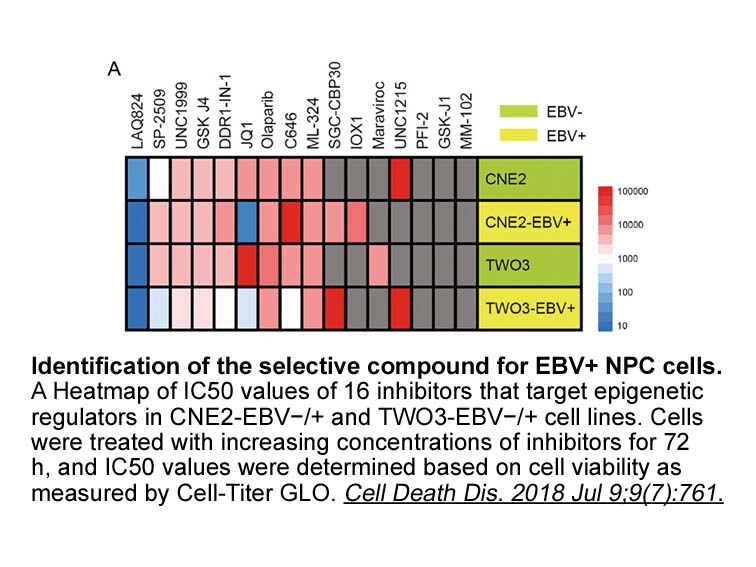
Materials and methods Results Discussion CUs, which have been used as traditional medicine for thousands of years in East Asian countries, have the potential to be used for cancer chemoprevention and chemotherapy [17], [18], [19], [20]. CuB is one of the most promising agents as it is repor
-
There is a delicate balance between ROS
2022-12-17
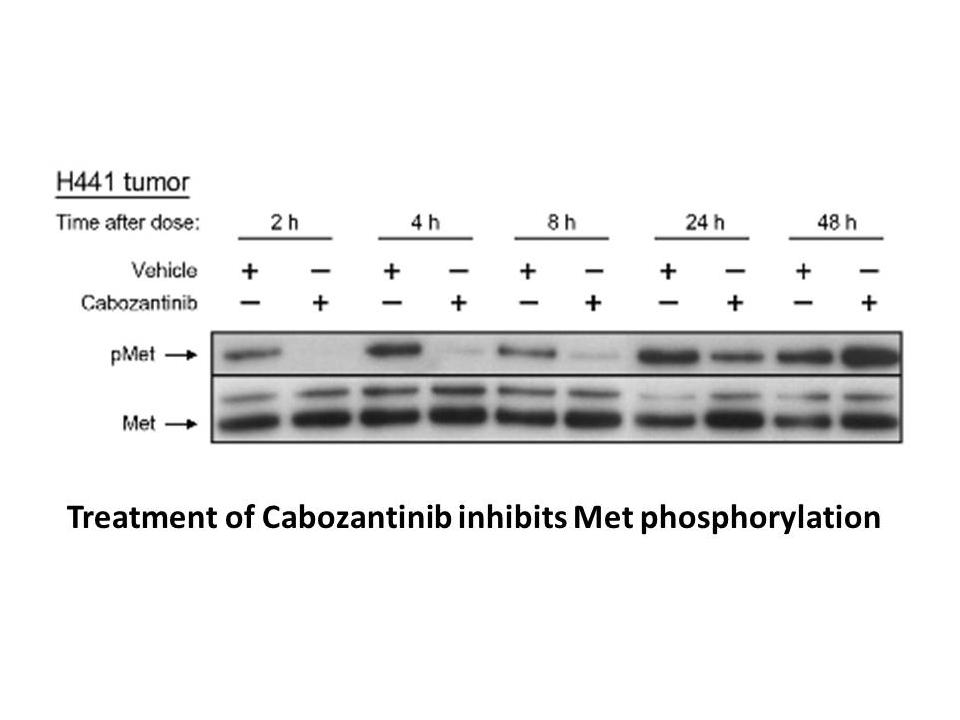
There is a delicate balance between ROS generation and scavenging by the protective antioxidant defenses in the cell. Antioxidant systems present in the STF 083010 include enzymes like superoxide dismutase (SOD), catalases, glutathione peroxidases (GPxs) and peroxiredoxins (PRxs) (Fig. 3) [38]. SOD
-
Several mechanisms of Cd induced carcinogenicity have been r
2022-12-16
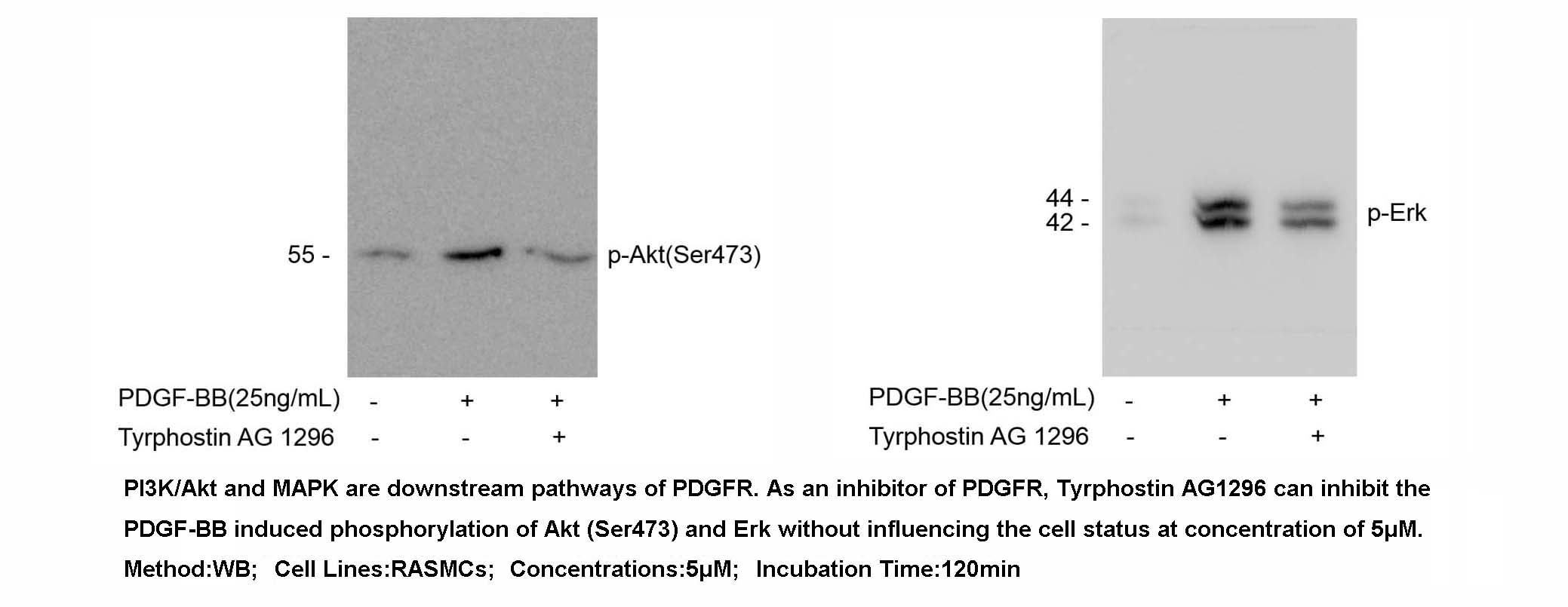
Several mechanisms of Cd-induced carcinogenicity have been reported and are comprehensively summarized by Hartwig [32]. As early as 1980, basic science studies supported a role for endocrine disruption of AR by Cd. Donovan et al. [33], using extracts of mouse prostate cytosol, showed Cd to be the mo
14564 records 336/971 page Previous Next First page 上5页 336337338339340 下5页 Last page